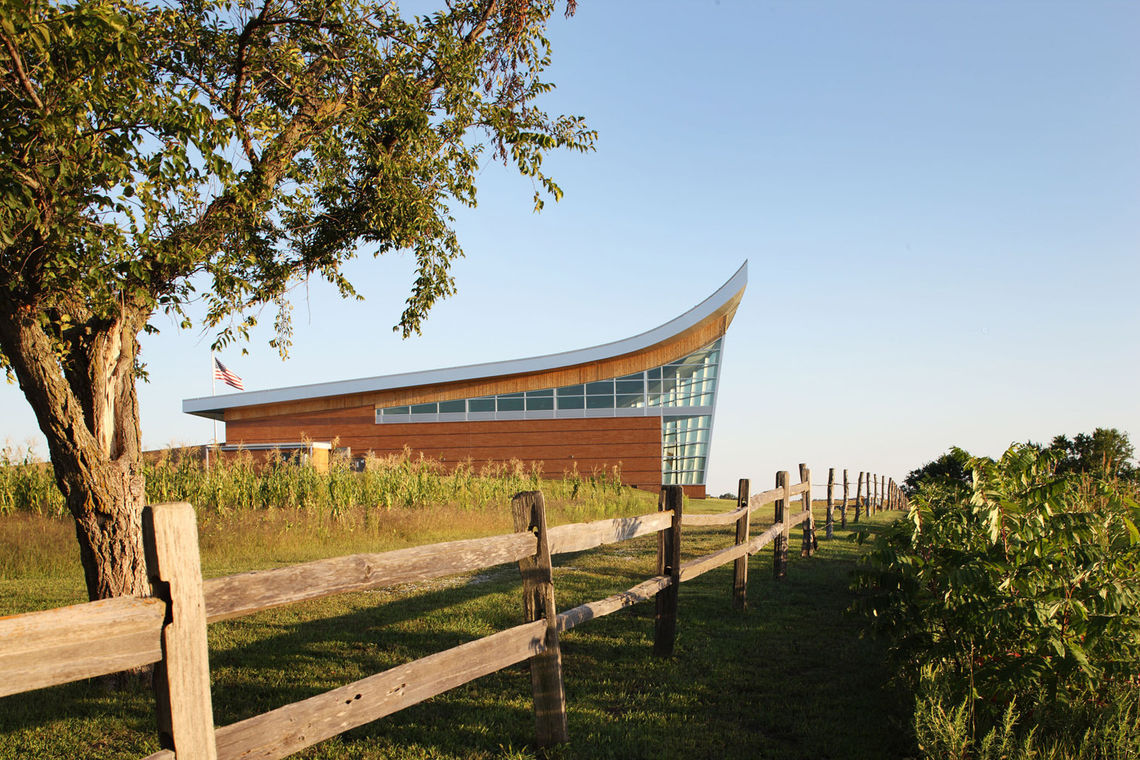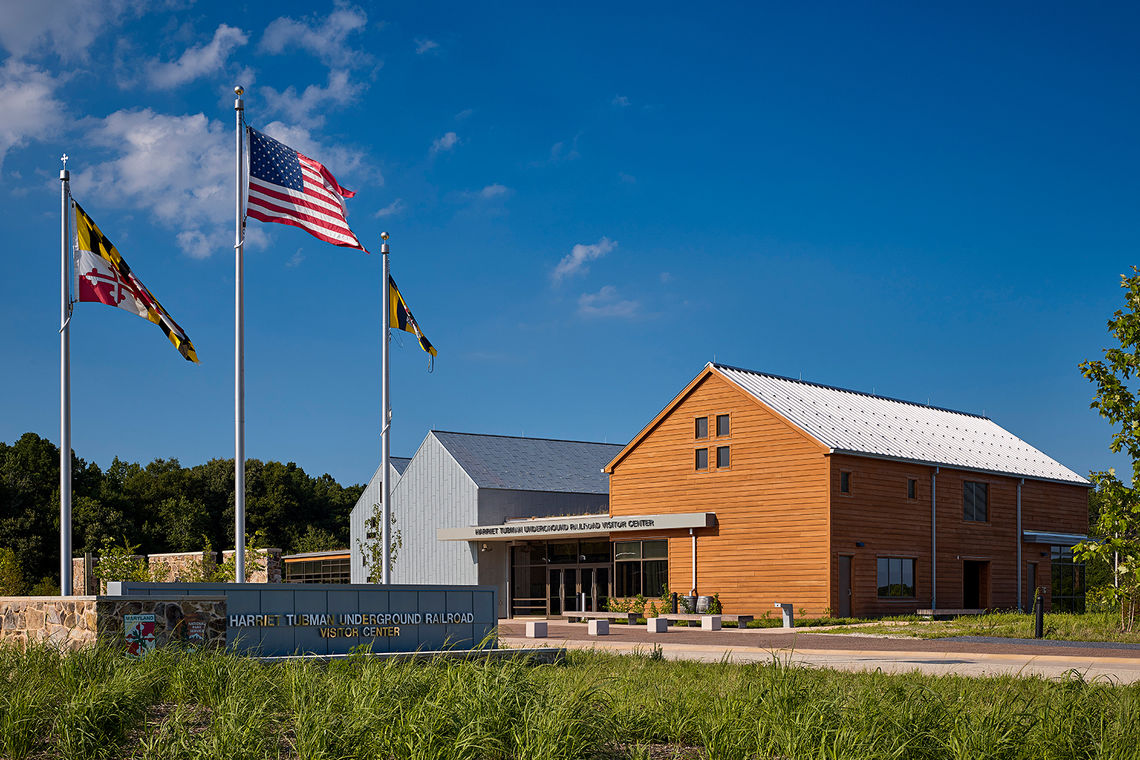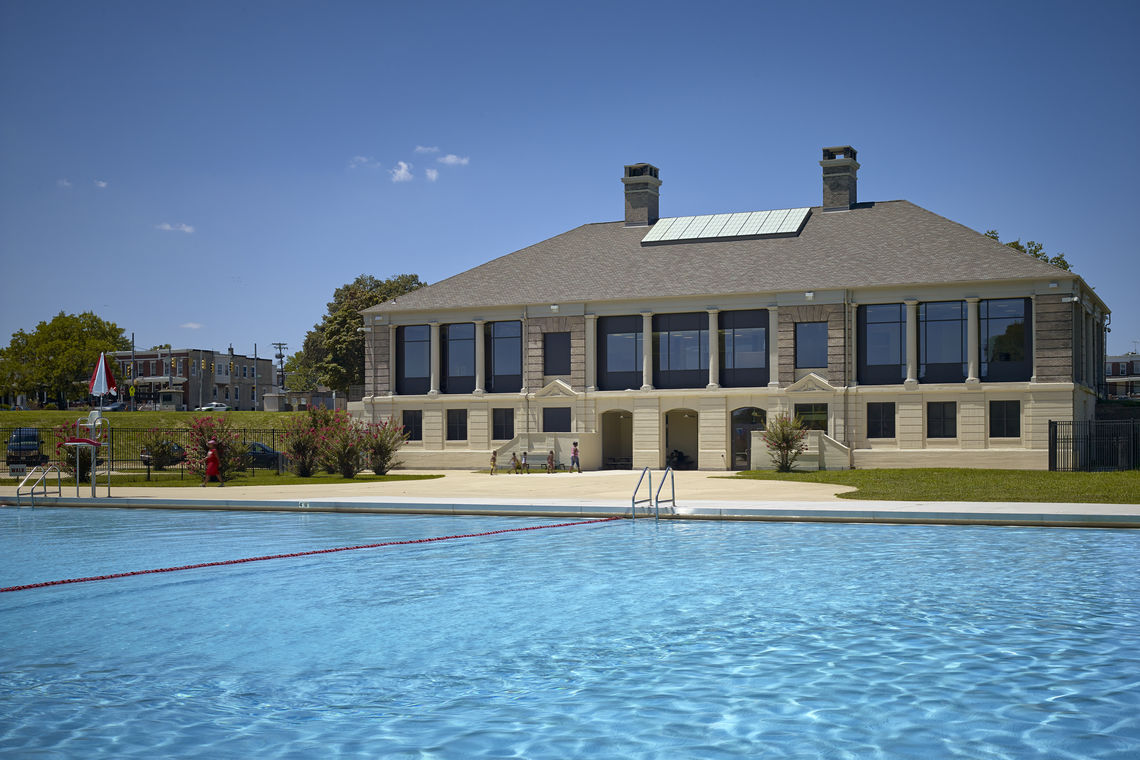Through our work on interpretive facilities in historically and culturally-significant settings, GWWO designers often find ourselves combatting the idea that new architecture must defer to, disguise from, or mimic work that has come before it.
We disagree with this notion, as was discussed in a position paper I wrote for the Designing the Parks Conference. Since this is a recurring theme in our discussions about design, I could not help but revisit it today. I invite you to entertain our perspective here and to share your thoughts below.
To us, the concepts of “modernism” and “historical precedents” are not mutually exclusive. In creating new architecture within sensitive settings, clients and designers do not need to choose. Good modern designs do not ignore the past, and perhaps more importantly, employing historical precedent in design does not mandate a solution that mimics what has come before.
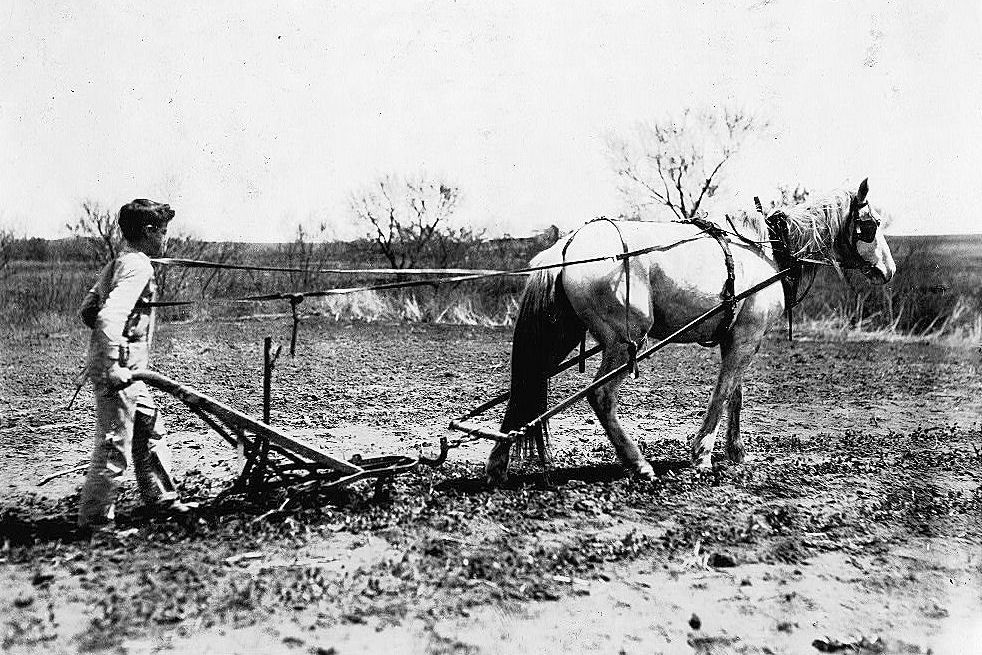
Rather, a good contextual design response fully considers all aspects of a site’s history and culture, past and present. “Context” goes beyond the immediate physical environment, and also explores the natural, historical, and cultural perspectives of a place. Each project should be unique, growing from the story being told.
We believe that it is through this mindset—with the site’s story at the forefront of design thought—that the most engaging visitor experiences and truly responsive architecture evolve. Buildings that are rooted in a site’s story become timeless—regardless of their chosen architectural aesthetic—because they are thoughtfully and inextricably linked to their place (context, mission, function, and people). The building becomes an integral part of the story-telling. Good design provokes thought, evokes an emotional response, and provides a meaningful experience for visitors.

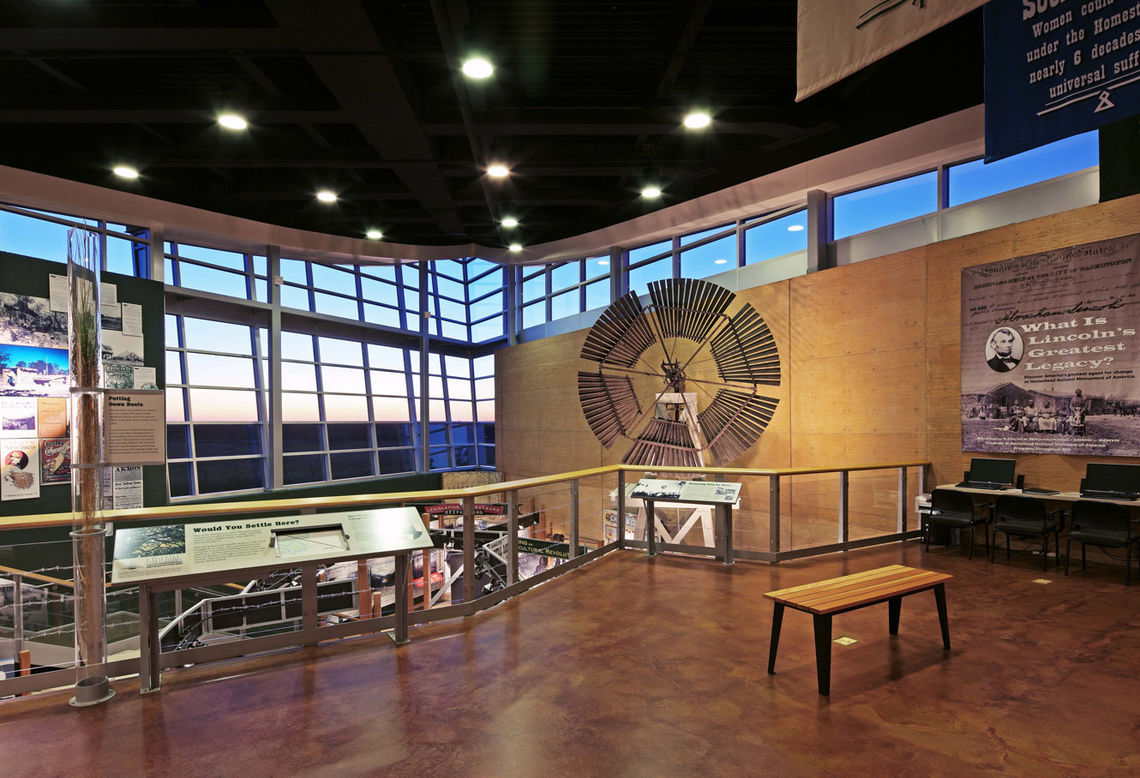
Further, it is possible to achieve this result, and to honor the historical aspects of a site, through a modern approach to design. Historical precedents can be engaged and reflected through building design, while still creating a structure that is clearly of its own time. Massing, proportion, detailing, and materials used historically can be interpreted in modern ways. The two concepts are not mutually exclusive and should not be presented as such.
I contend that as we set the tone for the future of interpretive facility design it is critical to understand this and to explore and celebrate the messages and stories of sites. Doing anything less would be shortsighted and a disservice to the future of interpretive sites.


